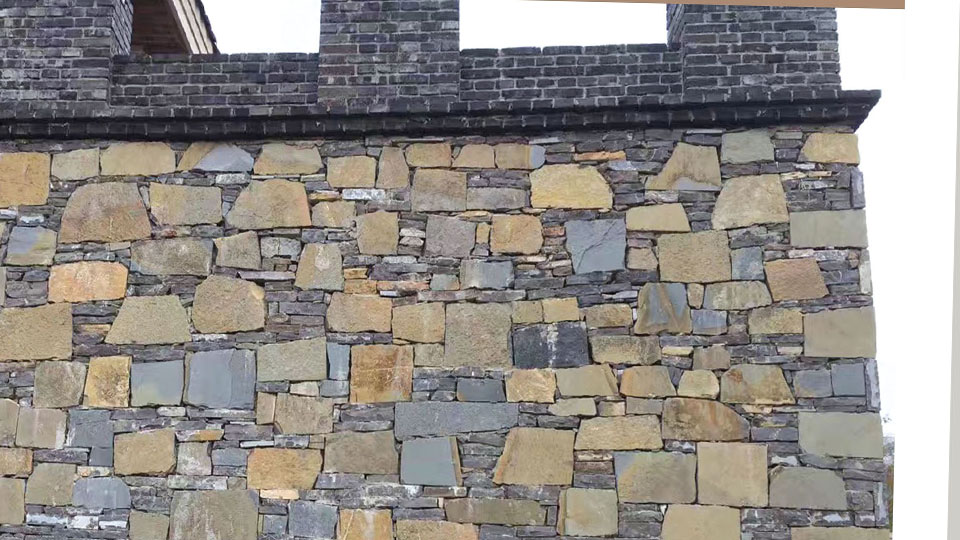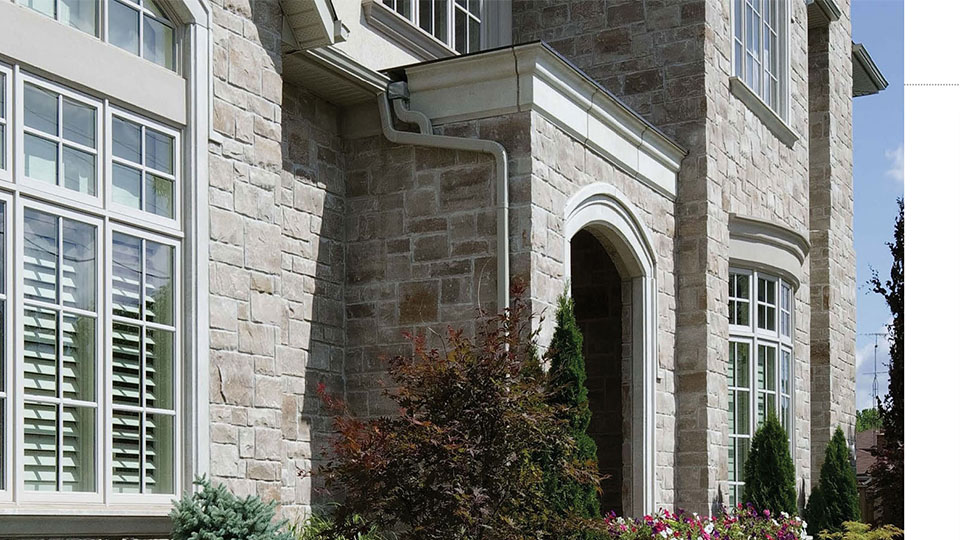

Slow Cooling and Crystal Growth: The key to granite's coarse-grained texture lies in the slow rate of cooling within the Earth's subsurface. This extended cooling period allows individual mineral crystals ample time to grow to a visible size, typically ranging from 1 to several millimeters. The depth of the intrusion, the size of the magma body, and the thermal conductivity of the surrounding rocks all influence the cooling rate.

The specific suite and proportions of these accessory minerals can provide valuable clues about the origin and petrogenesis of the granite.
3. Physical Attributes: Strength, Density, and Texture
Granite exhibits a range of physical properties that contribute to its suitability for various applications:
Hardness: Due to the presence of quartz and feldspar, granite is a relatively hard rock, typically ranging from 6 to 7 on the Mohs hardness scale. This hardness contributes to its resistance to scratching and abrasion.
Density: Granite is a dense rock, with a typical density ranging from 2.6 to 2.7 grams per cubic centimeter. This high density contributes to its weight and structural integrity.
Compressive Strength: Granite possesses high compressive strength, meaning it can withstand significant pressure without fracturing. This property makes it suitable for load-bearing applications in construction.
Porosity: The porosity of granite can vary depending on its mineral composition and the presence of microfractures. Generally, granite is considered to have low porosity, which contributes to its resistance to staining and water absorption. However, sealants are often applied to countertop granite to further reduce porosity.
Thermal Conductivity: Granite has moderate thermal conductivity, meaning it can conduct heat relatively well. This property is relevant in applications like fireplace surrounds and cooking surfaces (though direct, prolonged exposure to high heat should be avoided).

Texture: As mentioned earlier, granite typically exhibits a phaneritic (coarse-grained) texture, where individual mineral crystals are visible to the naked eye. The grain size can vary depending on the cooling rate of the magma. Porphyritic granites contain larger crystals (phenocrysts) embedded in a finer-grained matrix.
4. Chemical Composition: A Silicate Framework
Chemically, granite is predominantly composed of silica (SiO₂), typically ranging from 70% to 77% by weight. The remaining composition includes various oxides of aluminum (Al₂O₃), potassium (K₂O), sodium (Na₂O), calcium (CaO), iron (FeO and Fe₂O₃), and magnesium (MgO), reflecting the proportions of the constituent minerals. The high silica content contributes to granite's acidic nature in geological classifications of igneous rocks.
5. Classifying the Varieties: A Spectrum of Granite Types
Granite is not a monolithic entity; it encompasses a wide variety of types based on its mineral composition, texture, and origin. Several classification schemes exist, but some common distinctions include:
Based on Alkali Feldspar to Plagioclase Ratio (QAPF Diagram): This widely used classification system, developed by the International Union of Geological Sciences (IUGS), plots the relative proportions of Quartz (Q), Alkali Feldspar (A), Plagioclase Feldspar (P), and Feldspathoids (F) to define different types of felsic (silica-rich) igneous rocks, including various types of granite (e.g., syenogranite, monzogranite).
Based on Dominant Feldspar: Granites can be broadly categorized as alkali feldspar granites (where alkali feldspar is dominant over plagioclase) or plagioclase granites (where plagioclase is dominant).
Based on Accessory Minerals: The presence and abundance of specific accessory minerals can lead to descriptive names, such as biotite granite, muscovite granite, or hornblende granite.
Commercial vs. Geological Classification: It's important to note that the term "granite" in commercial applications often encompasses a broader range of coarse-grained igneous and even metamorphic rocks (like gneiss and gabbro) that share similar aesthetic and functional properties. Geologically, these rocks have different origins and mineral compositions.
6. Geological Significance: A Window into Earth's History
Granite plays a crucial role in understanding the Earth's geological history and processes:
Formation of Continental Crust: Granite is a major component of the continental crust, forming the cores of mountain ranges (batholiths) and large stable continental interiors (shields). Its formation through magmatic processes is fundamental to the differentiation of the Earth into crust, mantle, and core.
Tectonic Processes: The formation of large granite bodies is often associated with convergent plate boundaries, where subduction and continental collisions generate the heat and pressure necessary for magma formation and intrusion. Studying the age and composition of granites can provide insights into past tectonic events.
Hydrothermal Activity and Ore Deposits: The cooling of large granite intrusions can drive hydrothermal circulation, where hot, chemically active fluids interact with the surrounding rocks. These fluids can dissolve and transport minerals, leading to the formation of various ore deposits (e.g., tin, tungsten, molybdenum) associated with granite intrusions.
Geochronology: Certain minerals within granite, such as zircon, contain radioactive isotopes that decay at known rates. By analyzing the ratios of parent to daughter isotopes, geologists can accurately determine the age of granite formations, providing crucial data for reconstructing geological timelines.
Weathering and Erosion: Granite's resistance to weathering and erosion plays a significant role in shaping landscapes. Large granite outcrops, such as those found in Yosemite National Park, are testaments to its durability over geological timescales. However, chemical weathering, particularly hydrolysis of feldspars, eventually breaks down granite into smaller particles that contribute to soil formation.
7. Diverse Applications: From Ancient Monuments to Modern Architecture
Granite's inherent strength, durability, and aesthetic appeal have made it a valuable material throughout human history:
Construction: Granite has been used for centuries in the construction of buildings, bridges, paving stones, and monuments due to its load-bearing capacity and resistance to weathering.
Countertops and Flooring: In modern architecture, polished granite is a popular choice for kitchen and bathroom countertops and flooring due to its durability, stain resistance (when sealed), and aesthetic variety.
Dimension Stone: Granite is quarried and processed into dimension stone for various architectural and landscaping applications, including facing stones, curbing, and decorative elements.
Crushed Stone Aggregate: Lower-grade granite is often crushed and used as aggregate in road construction and concrete production.
Art and Sculpture: The hardness and workability of granite make it a suitable material for creating sculptures and artistic installations.
Conclusion: A Timeless Testament to Earth's Power
Granite, an intrusive igneous rock born from the slow cooling of magma deep within the Earth, is a complex and fascinating material. Its diverse mineralogical composition, robust physical and chemical properties, and varied geological occurrences make it a subject of intense scientific study. From its fundamental role in the formation of continents to its widespread use in construction and design, granite stands as a testament to the enduring power and beauty of Earth's geological processes. Understanding the technical intricacies of this remarkable rock allows for a deeper appreciation of its significance in both the natural world and human civilization.
Name: selena
Mobile:8613176910558
Tel:86-13176910558
Whatsapp:8619323167067
Email:409284553@qq.com
Add:Laizhou ,Shandong , Shandong Province, China